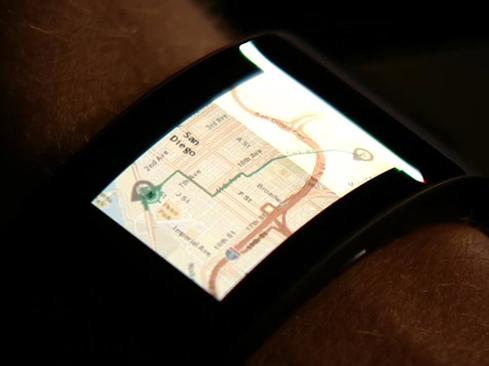Navdy's Answer To Distracted Driving
A heads-up display promises safer access to your smartphone while driving.


Location Analytics + Maps: 10 Eureka Moments
Location Analytics + Maps: 10 Eureka Moments (Click image for larger view and slideshow.)
Navdy, a San Francisco-based startup, makes its case for its heads-up display for cars with a non-sequitur.
"It's a heads-up display just like what commercial airline pilots use when they're landing," says an avuncular actor in a YouTube video. "You hear that? Pilots use it. It's safe."
That's dubious logic. Commercial aviation safety isn't easily compared to automotive safety. Pilots aren't using Navdy's equipment. And usage of a system by pilots doesn't in and of itself make the system safe.
Heads-up displays (HUDs) might be less distracting than dashboard controls. Navdy can fairly claim that its approach to in-car smartphone interaction -- voice commands and gestures, sent to apps on a smartphone through the Navdy HUD unit -- is less distracting than fumbling with a smartphone while driving. But there's more to distracted driving than where the driver is looking.
[Here's what's wrong with Amazon's first smartphone: Amazon Fire: 5 Things Missing.]
A 2007 study conducted by researchers at Munich University of Technology and BMW found that HUDs in cars present information more efficiently than HDDs (heads-down displays, or traditional dashboard controls), and keep drivers' eyes on the road for longer periods. But it also cautioned that HUDs have some disadvantages, such as reduced peripheral vision, distance overestimation, and attention capture.
A 2004 NASA study of HUDs in aircraft offers a similar assessment: HUDs have benefits -- and costs -- for attention. Both studies conclude that more study of HUDs and attention is needed. In other words, the issue is too complicated to declare, "It's safe."
If safety is the goal, the best option would be to set one's smartphone aside while at the wheel. But that would endanger Navdy's investors.
Navdy might be trying to distance itself from Google Glass, which managed to prompt bills in at least eight states -- Delaware, Illinois, Maryland, Missouri, New Jersey, New York, West Virginia, and Wyoming -- to ban or regulate use of the computerized eyewear while driving.
Perhaps a better question about Navdy's hardware would be, "Is it necessary?" It isn't, but it's appealing, particularly for those who cannot discipline themselves to leave their smartphones unmolested while on the road.
When it ships in early 2015, the Navdy HUD will make popular iOS and Android navigation, music, and communication apps visible in its dashboard-mounted display using a simplified interface. It promises to enable easier turn-by-turn navigation and in-car messaging.
The device is currently available for pre-order at the discounted price of $299. Its expected retail price at launch is $499. There's no subscription fee.
Is it safe? That depends on how it's used and who's behind the wheel.
Consumerization means CIOs must grant personal devices access to corporate data and networks. Here's how to avoid loss and corruption. Get the new Mobile Security Action Plan issue of InformationWeek Tech Digest today (free registration required).
About the Author
You May Also Like






